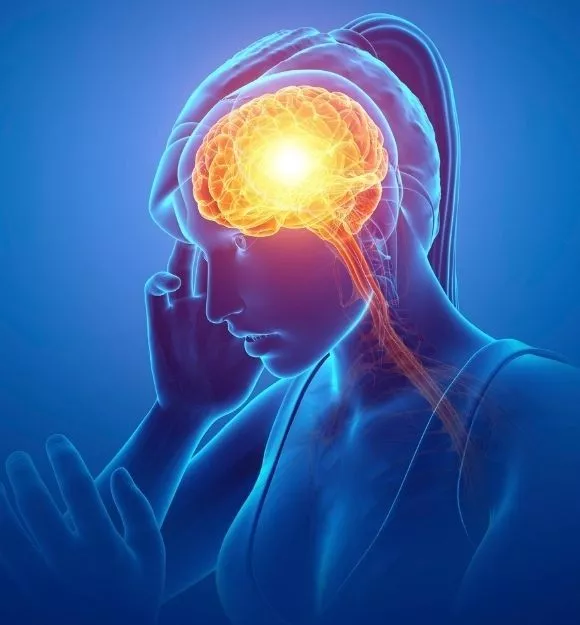
The Impact of Migraines on Life Quality
Migraines, a severe and debilitating form of headache, are a global health concern affecting an estimated one in seven people. These are not your average headaches. Migraines come with a host of other symptoms and can last for hours or even days, significantly impacting an individual’s quality of life. This article aims to delve into the profound effects of migraines and explore ways to mitigate these impacts and improve one’s quality of life.
Understanding Migraines
Migraines are a neurological condition characterised by intense, throbbing pain, usually confined to one side of the head. However, what sets migraines apart from regular headaches are the accompanying symptoms. These can include nausea, vomiting, and extreme sensitivity to light, sound, and even smell. Some people may also experience visual disturbances known as ‘aura’ before the onset of a migraine.
Migraines typically progress through four stages: prodrome, aura, headache, and post-drome. The prodrome stage can occur one or two days before the migraine, with subtle signs like mood changes, food cravings, neck stiffness, and increased thirst and urination. The aura stage involves visual disturbances and other neurological symptoms. The headache stage is the actual migraine attack, and the post-drome stage is the aftermath of the attack, where one might feel drained or washed out.
For more detailed information about migraines, you can visit the Migraine Information Page from the National Institute of Neurological Disorders and Stroke.
The Impact of Migraines on Quality of Life
The impact of migraines on an individual’s life can be profound. The physical pain is just the tip of the iceberg. Migraines can lead to missed days of work or school, affecting productivity and career progression. The unpredictability of migraine attacks can also strain personal relationships and lead to feelings of isolation and frustration.
Moreover, migraines are linked to mental health issues. Studies have shown that people with migraines are more likely to experience depression, anxiety, and sleep disorders. The constant battle with migraines can also lead to a condition known as ‘chronic migraine,’ where the headache occurs 15 or more days a month for more than three months.
For more information on this, you can refer to The Impact of Migraine: From Personal to Societal Burden from Headache: The Journal of Head and Face Pain.
Ways to Improve Quality of Life
Despite the challenges, there are ways to manage migraines and improve quality of life. Lifestyle modifications can play a crucial role in managing migraines. Regular physical activity, a balanced diet, adequate hydration, and a consistent sleep schedule can help reduce the frequency and severity of migraines.
Stress is a common trigger for migraines, so stress management techniques such as yoga, meditation, and deep-breathing exercises can be beneficial. Cognitive-behavioural therapy (CBT) can also help by teaching individuals how to cope with the pain and stress associated with migraines.
One of the promising treatments for migraines is vagus nerve stimulation. This non-invasive treatment involves sending mild electrical signals to the vagus nerve, which plays a role in pain regulation. Studies have shown that this treatment can help reduce the frequency and severity of migraines. You can learn more about this treatment in Noninvasive Vagus Nerve Stimulation as Acute Therapy for Migraine from The Journal of Head and Face Pain.
Living with migraines can be challenging, but it’s important to remember that help is available. By understanding migraines, recognising their impact, and exploring various management strategies, individuals can take steps towards improving their quality of life. If you’re struggling with migraines, don’t hesitate to reach out to healthcare professionals who can guide you towards effective treatments and strategies to manage your migraines. You don’t have to navigate this journey alone.



